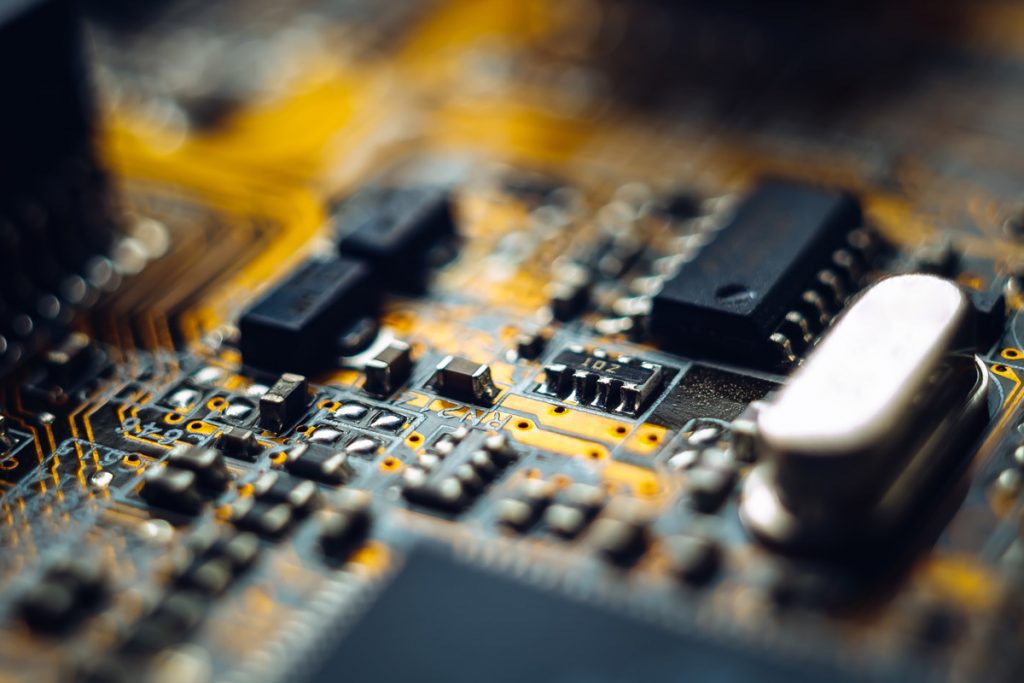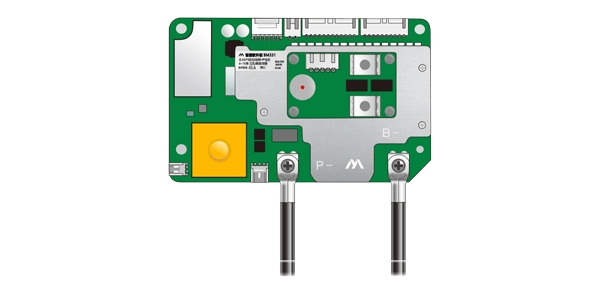Revolutionizing Telecommunication: Unveiling the Cutting-Edge Electronic Devices

In today's interconnected world, telecommunication plays a pivotal role in connecting people and businesses across the globe. Behind the scenes, a myriad of electronic devices work tirelessly to ensure seamless communication. From traditional landlines to modern wireless technologies, this article explores the diverse range of electronic devices used in telecommunication and their transformative impact on the industry.
- Fiber Optic Cables:
At the heart of modern telecommunication lies the revolutionary fiber optic cables. These thin strands of glass or plastic transmit data using pulses of light, enabling high-speed and long-distance communication. With their immense bandwidth capacity, fiber optic cables have revolutionized internet connectivity, enabling faster downloads, video streaming, and real-time communication. - Routers and Switches:
Routers and switches are essential electronic devices that facilitate the flow of data within telecommunication networks. Routers direct data packets between different networks, ensuring efficient transmission. On the other hand, switches connect various devices within a network, allowing seamless communication between computers, smartphones, and other connected devices. - Mobile Base Stations:
Mobile base stations, also known as cell towers, form the backbone of wireless communication networks. These towering structures house a range of electronic devices, including antennas and transceivers, enabling the transmission and reception of wireless signals. With the advent of 5G technology, mobile base stations are becoming even more crucial, providing faster and more reliable connectivity for mobile devices. - Satellite Communication Systems:
Satellite communication systems have transformed long-distance telecommunication by bridging gaps where traditional infrastructure is limited. These systems consist of satellites orbiting the Earth, equipped with transponders and antennas to transmit and receive signals. From television broadcasting to global positioning systems (GPS), satellite communication has revolutionized how we connect and communicate across vast distances. - VoIP Devices:
Voice over Internet Protocol (VoIP) devices have disrupted traditional telephony systems by enabling voice communication over the internet. These devices convert analog voice signals into digital data packets, which are then transmitted over IP networks. VoIP devices, such as IP phones and softphones, offer cost-effective and feature-rich communication solutions for businesses and individuals alike. - Network Security Devices:
In an era of increasing cyber threats, network security devices are crucial for safeguarding telecommunication networks. Firewalls, intrusion detection systems (IDS), and virtual private networks (VPNs) protect against unauthorized access, data breaches, and other malicious activities. These electronic devices ensure the integrity and confidentiality of sensitive information transmitted through telecommunication networks.
Conclusion:
The world of telecommunication relies heavily on a diverse range of electronic devices to facilitate seamless communication. From fiber optic cables that enable high-speed data transmission to mobile base stations that power wireless connectivity, these devices have revolutionized the industry. As technology continues to advance, staying abreast of the latest electronic devices and their capabilities is essential for businesses and individuals alike, ensuring efficient and secure communication in an ever-connected world.





